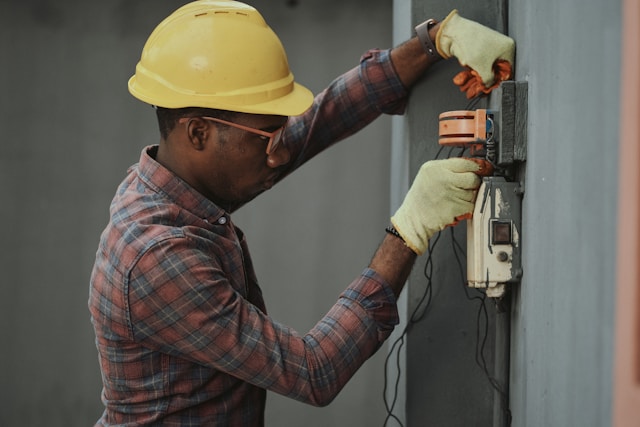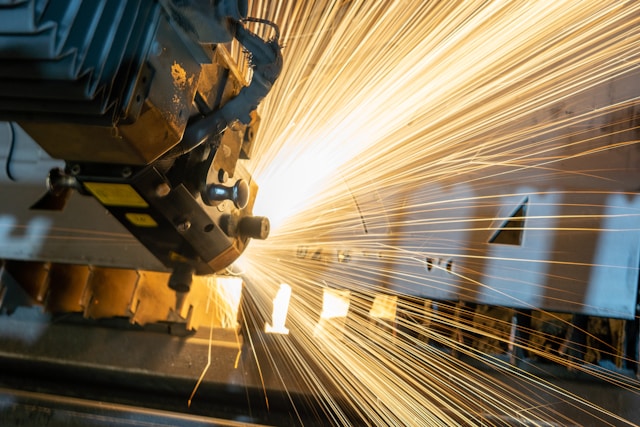
Having a shower installed in your home is a beautiful way to enhance your bathroom. It’s an easy project to do, and with some planning, you can have a beautiful shower that you will enjoy for years. But, before you start, you should know that there are certain things you should be aware of.
Cost
DIY bath installation projects often appear affordable in the beginning. As days go by, you’ll need a few extra tiles, tools, grout, etc. You may spend more than your initial estimate. If your plan includes complex renovation ideas, execution can also be challenging. Changes along the way can lead to rework and additional expenses.
If you’re installing the shower for the first time, you may hire a local shower installer. Overall, the project could cost you more than you envisioned. When you opt for a professional shower installer, on the other hand, you’ll have a near-final cost estimate right in the beginning. Despite what you initially thought, It may be more affordable in the long run. You can also plan the remodel to fit within your budget.
Time
Depending on how many hours you spend each day on a DIY remodel project, your timeline may extend from a few days into months. The remodel can take even longer if you need to familiarize yourself with how such DIY projects work. Mid-project changes and waiting for additional materials or tools can delay the project. Dealing with a messy or unusable space for an extended time could be a potential drawback.
A professional bath installer will likely have your shower ready in a day or two. Bathroom remodeling contractors have all the necessary tools to complete the installation quickly. They’ll also do it right the first time.
Sloped fill
Creating a sloped fill shower installation requires the following steps. A sloped fill is installed underneath a pan liner, which allows water to drain downhill. Creating a sloped fill helps protect the tiled shower from standing water and prevents water from evaporating back through the surface tile.
Before you begin, you’ll want to measure and mark out the perimeter of your shower. This is important because not every shower is square. If yours isn’t, the installer may need to adjust the framing.
The exact height of your slope will depend on the thickness of your tile. The mortar bed should be more profound than your shower floor, about a half inch. For wood subfloors, the thickness of the bed should be at least 3/4 inches.
If your shower pan has a mortar base, the pan should be leveled with a trowel. If your pan has a metal lath, the lath should be trimmed to the size of your drain. It is also essential to tamp the mortar mix so it stiffens.
Sloped floor
Having a sloping floor in your shower could be better. You may not realize it, but it can cause other problems later. It is vital to hire a professional to fix the issue.
Many older homes have sloping floors. This can be caused by improper installation, as well as foundation issues. It can take weeks or even months to fix an unlevel floor. It can be costly to fix.
The first step is to measure the distance between the shower drain and the farthest point of the shower. This is usually somewhere around 26 inches. You must multiply this by 1/4 inch to find the proper slope.
Next, measure the distance from the drain to the furthest point on the other wall. You must round up to the closest foot if your drain is on the farthest wall.
Then, a chalk line tool is used to draw a line connecting the two walls. This is also an excellent way to test for squareness. You can also use a framing square.
Sloped wall
A shower pan with a built-in drain is a convenient option for a home improvement project. However, installing a shower pan without a pre-slope can be a mistake. Adding a sloped fill to the base of the pan will allow water to drain downhill and prevent leaks from occurring. Choosing a waterproof membrane is also crucial for preventing moisture from getting inside the wallboard.
Setting tile in a shower is not rocket science but requires some knowledge. Set tiles properly involve a sloped mortar base, a waterproofing membrane, and a well-designed floor layering plan.
The sloping mortar base should be able to slope smoothly for the tile. This is especially true if you are installing ceramic or glass tiles. For best results, use smaller tiles that will conform to the slope.
You should also know the shower’s most minor feature, the sloping window sill. Depending on your building code, this may require altering your wood framing. Alternatively, you can install a water-durable wallboard impervious to water penetration.
Plumbed tub spout
Adding a plumbed tub spout to your shower system is easy. But there are some things you should know before you start. If you are replacing a faucet, your plumber should help; otherwise, you will need to follow a few simple steps.
The first step is to turn off your water supply. This will keep messy work from happening. You can also check your water pressure using another faucet. If the pressure seems okay, your new spout should fit just fine. If it does not, you may have a problem with your plumbing. You can get a replacement part from your local home improvement store if you have a diverter.
Depending on the type of spout, you should be able to install it on a solid surface. If not, you can ask a friend to help you. However, it would be best if you were careful to avoid overtightening it. This could cause the tile to crack.





More Stories
Say Goodbye to Stains: Hire a Professional For an Effective Rug Cleaning
5 Essential Tips For Proper Appliance Installation in Your Kitchen
The Psychology of Packaging: How Design Solutions Influence Consumer Behavior